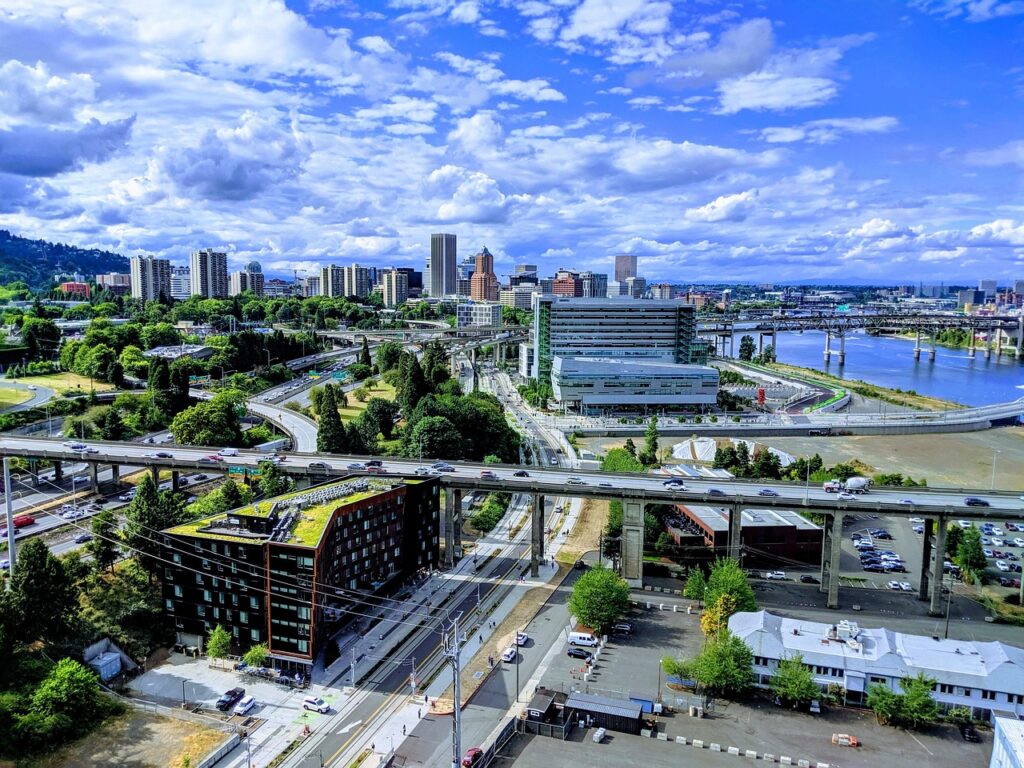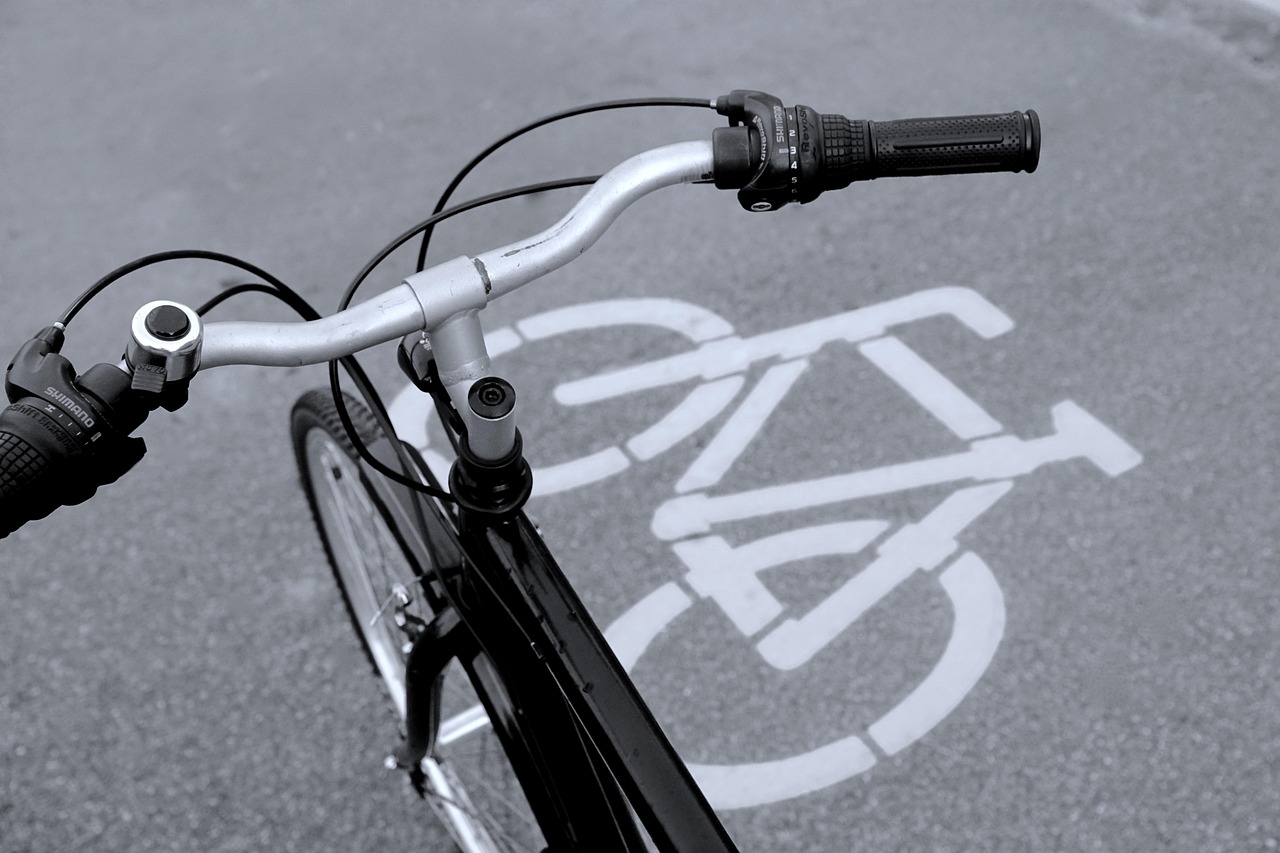Portland, Oregon, has earned its reputation as one of the most bicycle-friendly cities in the United States, and for good reason. This Pacific Northwest metropolis has transformed itself into a cyclist’s paradise through decades of deliberate urban planning, community engagement, and a culture that genuinely embraces two-wheeled transportation.
The Infrastructure That Makes It Work

Portland’s cycling success story begins with its impressive infrastructure. The city boasts over 400 miles of bikeways, including protected bike lanes, neighborhood greenways, and multi-use paths that connect every corner of the metropolitan area. The famous bike boxes at intersections give cyclists a head start at traffic lights, while green-painted bike lanes clearly demarcate cycling space throughout downtown and residential neighborhoods.
One of Portland’s crown jewels is the Springwater Corridor, a 40-mile trail that stretches from downtown to the suburbs, offering cyclists a car-free route through diverse landscapes. The Eastbank Esplanade provides stunning waterfront cycling with views of the Willamette River and downtown skyline, making daily commutes feel more like recreational rides.
The city’s commitment goes beyond paint and concrete. Portland has invested heavily in bike parking facilities, with secure covered bike parking at MAX light rail stations and innovative bike corrals that replace car parking spaces in busy commercial districts. Many buildings now feature bike storage rooms and maintenance stations, making cycling practical for residents and workers alike.
A Culture That Pedals Together
What truly sets Portland apart is its cycling culture. Bike commuting isn’t just accepted here – it’s celebrated. The annual World Naked Bike Ride draws thousands of participants advocating for cycling rights and environmental awareness. Pedalpalooza, a month-long festival of bike events, transforms the city into a cycling carnival with themed rides, bike polo tournaments, and family-friendly adventures.
Local businesses have embraced the cycling community wholeheartedly. Coffee shops offer bike repair stations alongside their espresso machines, while many restaurants provide bike valet services during busy periods. The famous Powell’s Books even has a dedicated cycling section, reflecting how deeply biking culture permeates daily life.
Portland’s bike messengers have become urban legends, navigating traffic with skill and style that inspired countless documentaries and articles. These professional cyclists helped establish the city’s reputation for taking bikes seriously as legitimate transportation, not just recreation.
Climate and Geography: Natural Advantages

Portland’s geography and climate create ideal cycling conditions. The city’s relatively flat east side makes cycling accessible to riders of all fitness levels, while the more challenging west side hills provide options for those seeking workout intensity. The temperate Pacific Northwest climate means cycling is comfortable year-round, with rain gear being the primary seasonal adjustment needed.
The compact urban core means most destinations are within easy cycling distance. Unlike sprawling Sun Belt cities, Portland’s neighborhoods feature mixed-use development where residents can bike to work, shopping, dining, and entertainment without requiring a car for daily needs.
Policy and Planning Leadership
Portland’s transformation didn’t happen by accident. City planners and politicians made deliberate choices to prioritize cycling infrastructure in transportation budgets. The Portland Bureau of Transportation consistently allocates significant funding for bicycle projects, viewing them as cost-effective solutions to traffic congestion and air quality challenges.
The city’s Bicycle Plan for 2030 envisions a connected network of protected bike lanes and neighborhood greenways that will make cycling safe and convenient for people of all ages and abilities. This long-term vision demonstrates Portland’s commitment to maintaining its cycling leadership position.
Economic Impact and Innovation

The cycling economy in Portland generates millions of dollars annually. Local bike manufacturers like Chris King Precision Components have gained international recognition, while numerous bike shops, tour companies, and cycling-related businesses thrive throughout the metro area. The annual North American Handmade Bicycle Show regularly chooses Portland as its host city, bringing cycling enthusiasts from around the world.
Portland’s bike-share system, BIKETOWN, launched with distinctive orange bikes that have become iconic symbols of the city’s commitment to accessible cycling. The system connects seamlessly with public transit, creating a comprehensive transportation network that reduces car dependency.
Challenges and Continuous Improvement
Despite its success, Portland continues working to improve cycling safety and accessibility. Recent years have seen increased investment in protected bike lanes after advocacy from cycling safety groups. The city actively addresses concerns about bike theft through improved parking security and police programs targeting bicycle crime.
Portland proves that creating a cycling-friendly city requires more than just painting bike lanes. It demands comprehensive planning, community engagement, supportive policies, and a cultural shift that views bicycles as legitimate transportation. The result is a city where cycling isn’t just possible – it’s practical, enjoyable, and deeply woven into the urban fabric.
